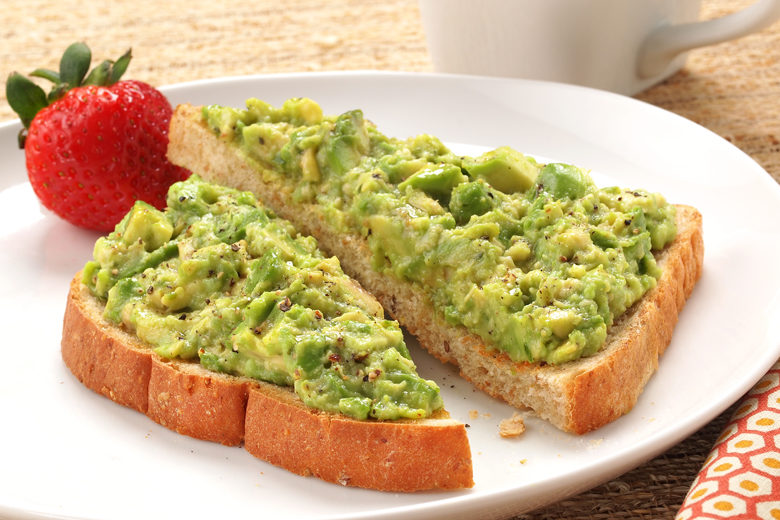
As if it's not hard enough to deal with fatigue, hot flashes and an expanding waistline, now you have to be on top of keeping your brain sharp, especially if you want to keep your job in this competitive environment! And you know that brain fog? It’s real. According to a study in the journal Menopause, some cognitive changes do occur during perimenopause and menopause. Women went through rigorous cognitive tests that found a lessened ability to focus and keep their attention on a challenging task. The exact cognitive changes are not clear yet, but women who reported brain fog were also likely to describe symptoms of anxiety, depression and sleep issues.
A Datamonitor Consumer Survey found that 28 percent of consumers are interested in food and beverage products that improve alertness. Caffeine-containing beverages continue to be the popular go-to beverage as caffeine is considered a brain stimulator. The Food and Drug Administration’s 2012 report on caffeine intake found that we consume an average of 300mg of caffeine per person each day to fuel mental focus and alertness.
Beyond Caffeine
As nutritional professionals, we know whole foods offer the most benefits, so add these five brain-protective foods to help boost menopause memory:
1. High nitrate vegetables (beets, arugula, spinach, radish, cabbage). A diet rich in naturally occurring nitrates may benefit from a boost in blood flow. Reduced blood flow contributes to age-related cognitive decline. The nitric oxide resulting from the conversion of nitrate seems to be the beneficial compound. For a decadent but nutrient-packed dish put sliced beets (vacuum-sealed varieties available in the produce aisle of supermarkets yield restaurant-quality results) and oranges on top of a spinach salad and sprinkle with toasted walnuts.
2. Berries and cherries are particularly good sources of anthocyanins, naturally occurring phytonutrients that may help lessen cognitive decline. Always have a couple of bags of frozen berries and cherries in the freezer for when you can't get fresh. Use in a smoothie or as a dessert topping for Greek yogurt.
3. Kale and other leafy greens. As part of the Mediterranean way of eating, leafy greens may be brain-protective by reducing inflammation in the body. Easy-to-prepare greens are convenient thanks to packaged, trimmed and cleaned versions available in most supermarkets. From tender baby leaves to a combination of Asian greens and kale or chard, there’s a choice for every palate. Use these greens as a flavorful salad, sauté in garlic and olive oil, or fold into a favorite casserole before baking.
4. Whole grains, particularly the combination of whole grain barley and brown rice. A recent study found that eating more whole grains led to less internal inflammation. Many grains can be used interchangeably in pilafs, risottos and cold salads. You can also cook up a batch ahead of time and serve with fruit for breakfast.
5. Avocados contain anti-inflammatory phytonutrients that may provide protection to brain cells. An Australian breakfast favorite called a "smash" keeps you full and energized all morning. To make an Australian Smash, lightly mash a half a ripe avocado with ¾ teaspoon lemon juice and salt and black pepper to taste, then spread on thick-cut multigrain toasted bread. Sprinkle toast with pepitas (pumpkin seeds), ⅛ teaspoon red pepper flakes and drizzle with olive oil.
Menopause doesn’t have to mean brain fog — integrate some interesting delicious new twists into your recipe repertoire and stop the brain drain.

